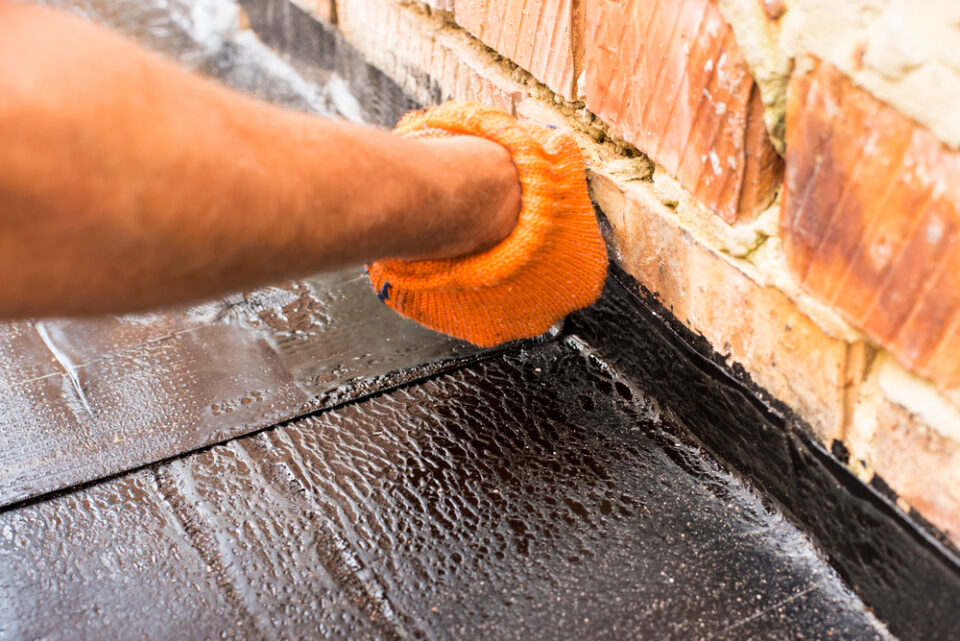Waterproofing is an essential aspect of any construction project, protecting your home or building from the destructive effects of water. This process involves using various techniques and materials to create a barrier that prevents water from entering or causing damage. With the increasing frequency of extreme weather events, it’s more important than ever to invest in effective waterproofing solutions. In this comprehensive guide, we’ll discuss the importance of waterproofing, different methods and materials used, and the key factors to consider when choosing a waterproofing solution for your property.
Table of Contents
Importance of Waterproofing
Water damage can lead to a multitude of issues, such as structural damage, mold growth, and poor indoor air quality. By investing in a robust waterproofing system, you can protect your property from these hazards and ensure its long-term durability. Proper waterproofing also helps maintain the aesthetic appeal of your home and enhances its resale value. Furthermore, it contributes to energy efficiency by reducing heat loss through walls and floors, resulting in lower heating and cooling costs.
Methods and Materials for Waterproofing
- Liquid Waterproofing Membranes: Liquid membranes are applied to surfaces using a brush, roller, or spray, forming a flexible and continuous waterproof layer. They are ideal for waterproofing flat roofs, balconies, and terraces. The most common types of liquid membranes are acrylic, polyurethane, and bituminous.
- Sheet Membranes: These membranes come in rolls and are installed by overlapping and sealing the edges. They are available in various materials such as rubber, PVC, and bituminous. Sheet membranes are commonly used for below-grade waterproofing, including foundations, basements, and retaining walls.
- Cementitious Waterproofing: This method involves applying a cement-based coating to the surface, which hardens and forms a waterproof barrier. Cementitious waterproofing is suitable for interior wet areas like bathrooms, kitchens, and swimming pools, as well as for concrete structures.
- Bentonite Clay Waterproofing: Bentonite clay, a natural material, swells when it comes into contact with water, forming an impenetrable barrier. It is typically used in sheet form and is an effective solution for below-grade waterproofing applications.
- Crystalline Waterproofing: This technique uses a crystalline compound that penetrates the concrete, filling and sealing the pores and cracks. As a result, it forms a permanent waterproof barrier. Crystalline waterproofing is ideal for concrete structures, such as foundations, basements, and swimming pools.
Factors to Consider When Choosing a Waterproofing Solution
- Type of Structure: The choice of waterproofing method depends on the type of structure and its specific requirements. For instance, a concrete structure may benefit from crystalline waterproofing, while a wooden structure may require a liquid membrane.
- Exposure to Water: The level of water exposure is a critical factor when choosing a waterproofing solution. Areas with constant water exposure, such as bathrooms or swimming pools, require more robust waterproofing methods compared to areas with occasional water exposure.
- Climate: Local climate conditions, such as temperature fluctuations and precipitation levels, will affect the performance of your waterproofing system. Ensure that the chosen materials and methods can withstand your region’s specific weather conditions.
- Budget: Waterproofing costs can vary significantly depending on the method and materials used. It’s essential to balance the need for long-term protection with your budget constraints.
- Professional Advice: Consulting a waterproofing expert is highly recommended, as they can assess your property and recommend the most suitable solution based on their experience and knowledge.
Conclusion
In conclusion, waterproofing is a crucial element in maintaining the structural integrity and value of your property. By understanding the different methods and materials available, you can make an informed decision about the most appropriate waterproofing solution for your specific needs. Keep in mind the type of structure, water exposure levels, local climate, budget, and professional advice when selecting a waterproofing system.

